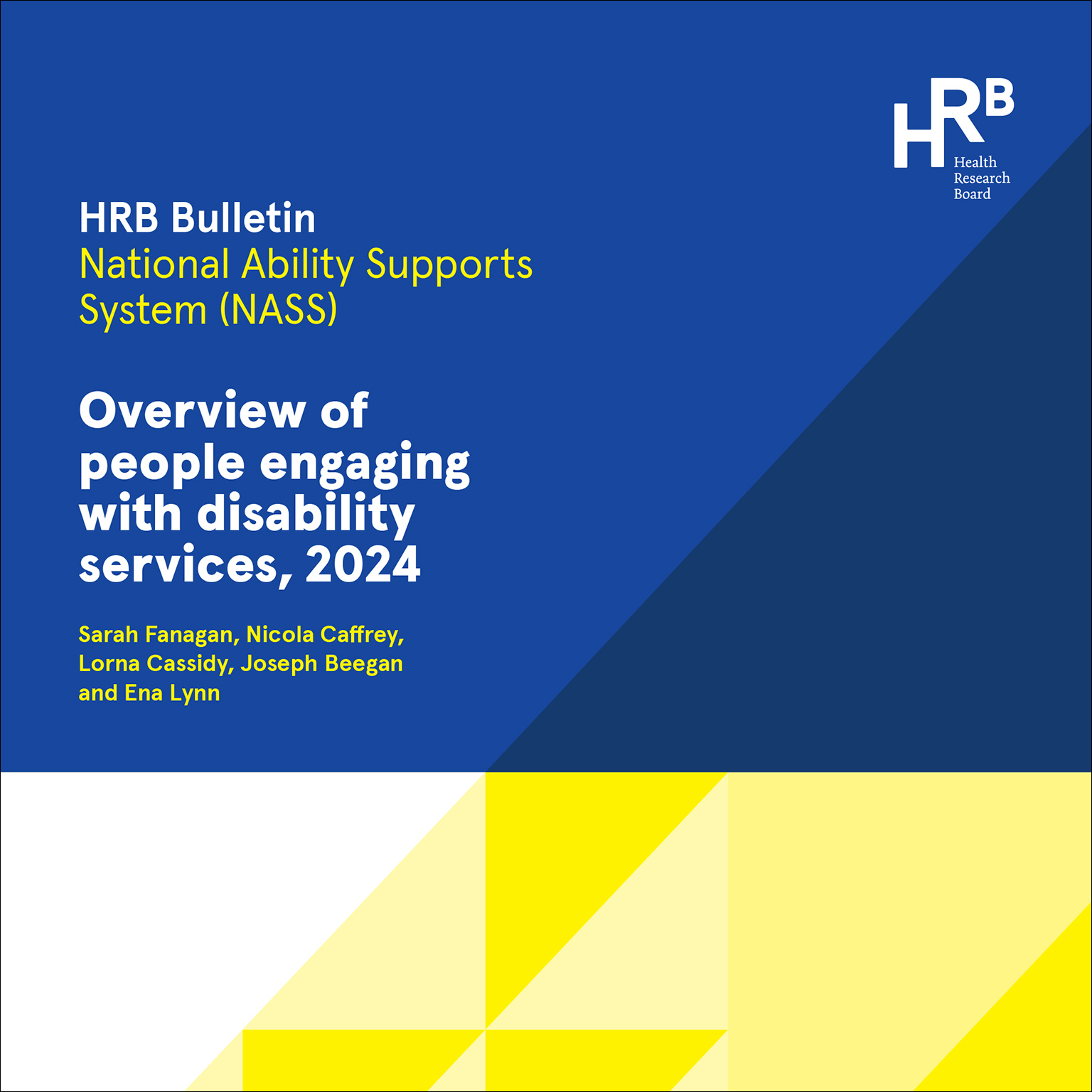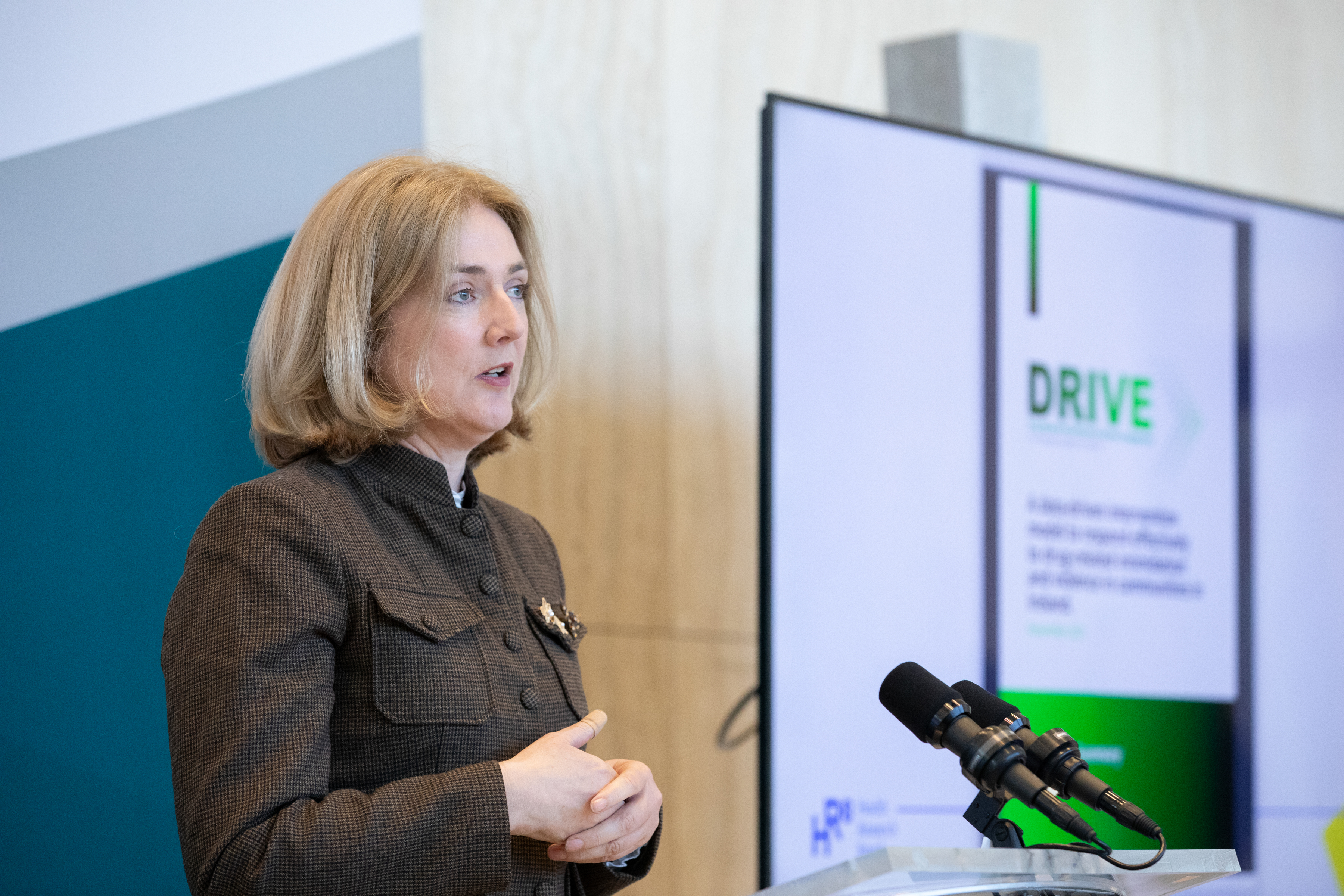SPECPREDICT: A new imaging tool to predict outcomes in cancer patients
2 min read - 13 Dec 2021

The problem
In as many as 60% of patients with breast and oesophageal cancer, treatment does not control the disease effectively. It is also difficult to predict how a tumour will respond to treatment, or how the disease may progress over time.
The project
The SPECPREDICT project led by TU Dublin analysed samples of tumours from breast cancer and oesophageal cancer patients to develop a method for predicting patient outcomes. The researchers used spectral imaging technology and deep-learning software to look for features in the tumours of patients who were receiving the standard-of-care treatment. They wanted to find out if features of the tumours could help to predict patient outcome when receiving standard-of-care therapy.
The outcomes
- New characteristics identified in breast and oesophageal cancer tumours that predict patient outcome following standard treatment
- New funding from Science Foundation Ireland (SFI) to expand the study and improve deep-learning technology for prediction on whether the cancer will come back after treatment.
Dr Aidan Meade, Lecturer in Physics at TU Dublin and Principal Investigator and Researcher with the SFI ADAPT Centre, says:
“Many cancer patients don’t respond fully to treatment, or the cancer returns after a time. We are trying to reduce the number of people undergoing treatment that doesn’t suit their cancer. By giving clinicians tools to analyse a tumour that are based on deep-learning, as well as quick and cheap to use, we hope to help them more precisely identify the treatment approach that is the best fit for that patient.”
‘SPECPREDICT: A new imaging tool to predict outcomes in cancer patients’, is part of a wider collection of success stories across four themes from this year’s annual Health Research in Action. Download the full publication.
2 min read - 13 Dec 2021



